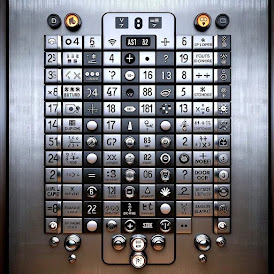I was reading this article about a judge prepping a jury for a patent infringement case between Apple and Samsung. Given the horrendous state of the U.S. patent system, it seems to me that the more you understood about software patents, the more biased you would be and thus much less likely to ever be selected for this jury. Additionally, the more you understood of the creative process, which really starts by copying (and then tweaking), the more biased you would be against design patents, Thus, it seems that the people most ignorant, and least qualified on the topic of patents are the ones deciding the verdict.
This made me realize that this phenomenon is probably not limited to software patents. In any field, the more informed you are about the topic, the more likely you would be labeled as biased toward a case. Therefore, our judicial system would seem to be driven by those least qualified to make judgements.
To keep it in perspective though, what is likely a far worse problem is when attorneys choose jurors they think are the most malleable, rather than most qualified. The judicial process then boils down to which attorney is the better salesperson and not whether there is actual guilt or innocence.



